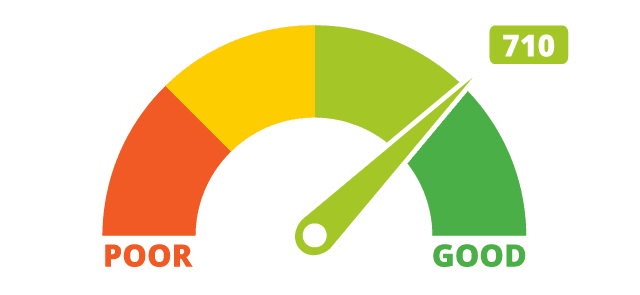There are several recommendations that should be taken into consideration when getting involved in stock market investing; first, it’s important not to try to time the market. Timing the market is usually impossible, and there isn’t any factual way to decide on its different trends.
Second, use cost averaging. This can be achieved by purchasing shares on periodic basis, through this purchasing technique the shares will be bought at an average price, rather than bought on times at high valuations.
Third, taxes should be taken into account. Purchasing shares and keeping them for more than one year will enable you to be taxed at the long term capital gain rate, whereas if you sold the shares before the end of the first year, you will be taxed the ordinary income tax rate, which is usually higher (sometimes twice high).
Fourth, invest into tax sheltered 401K and IRAs. Investing in these tax plans will enable you not to be concerned about the implications of taxes. Through investing using the 401K plan, you can invest earnings before taxes, which will result in growth of investment at a higher rate. For instance, if you obtained a paycheck for $2,000 gross pay and taxes were gained, you’ll have the remaining amount after deduction to invest, whereas if you invested the same $2,000 in a tax deferred account, you will be earning a return on the whole $2,000 without any deductions.
Fifth, make your investments more diverse. This can be achieved by investing across different stocks, and not only one or two stocks. You should purchase not less than 15 different stocks if possible; otherwise try to purchase one or more mutual funds to diversify.
- First, one should understand that investing isn’t a hobby, it is considered a very competitive business, and thus it should be treated as a business.
- Second, obtain good investment management or trading software, as it is very important nowadays to have access to a fast internet connection and efficient investment management software.
- Third, get sufficient knowledge about the basic accountancy concepts, annual reports and stock market history.
- Fourth, learn about money management, where understanding the allocation of assets is very essential.
- Fifth, Subscribe in a good investment service.
- Finally, getting involved in more practices is considered a good start; this can be achieved by starting with paper trading.





